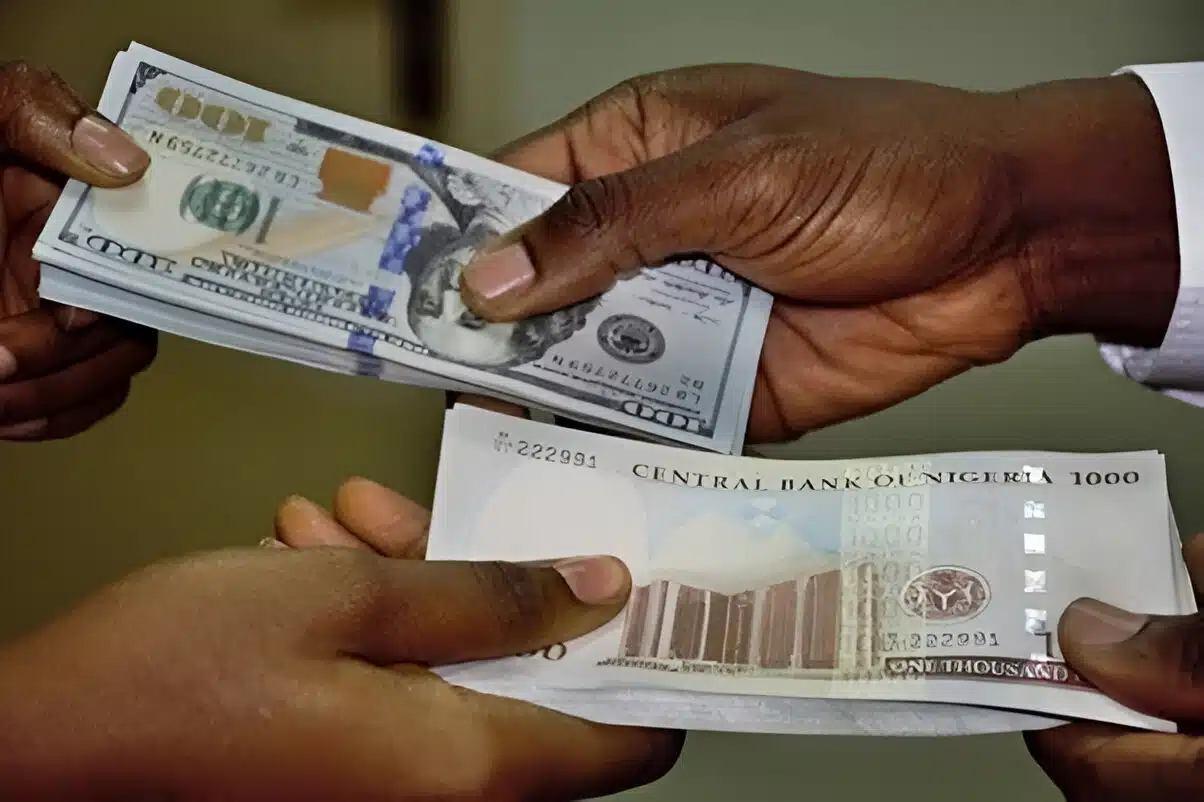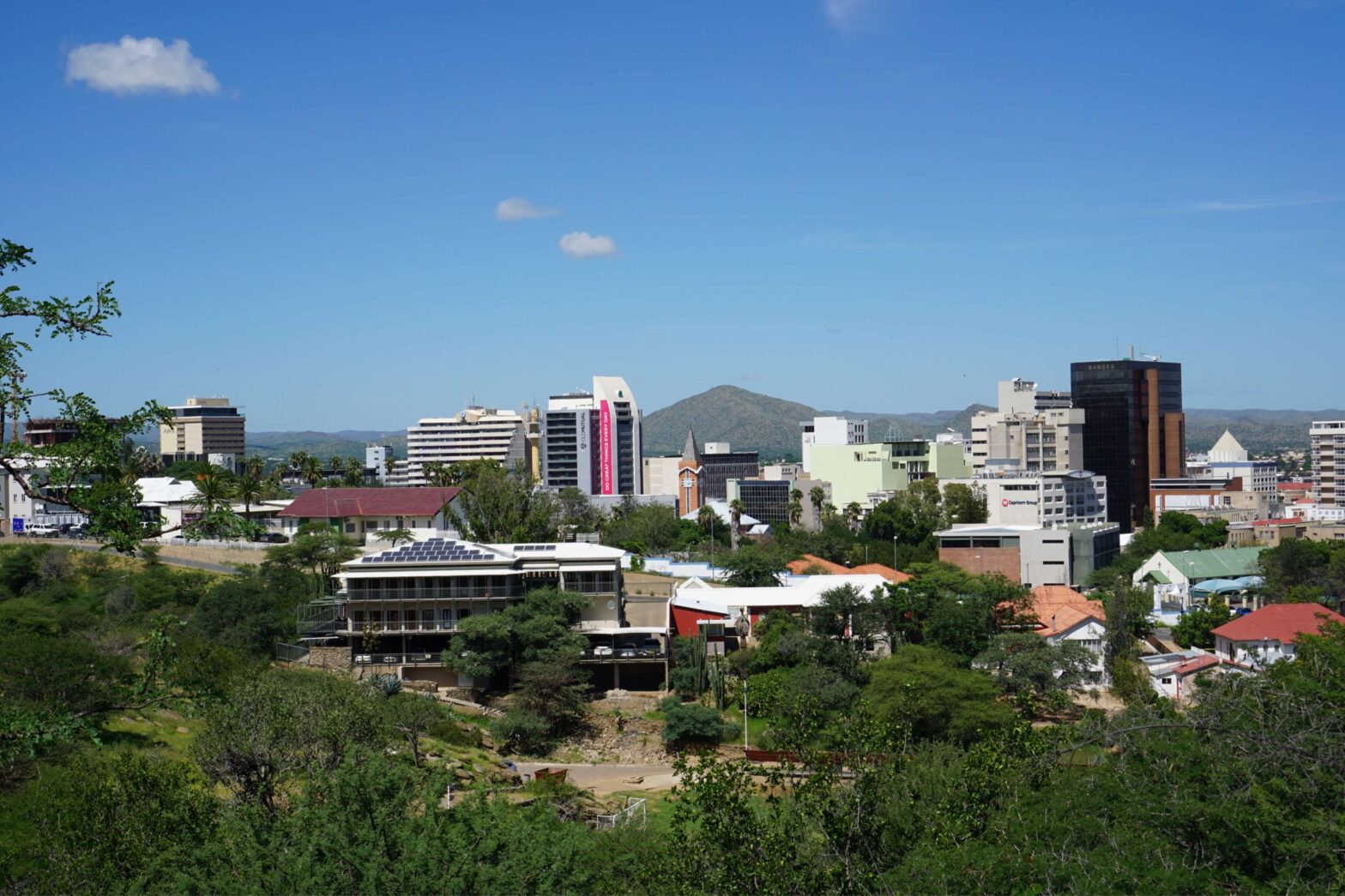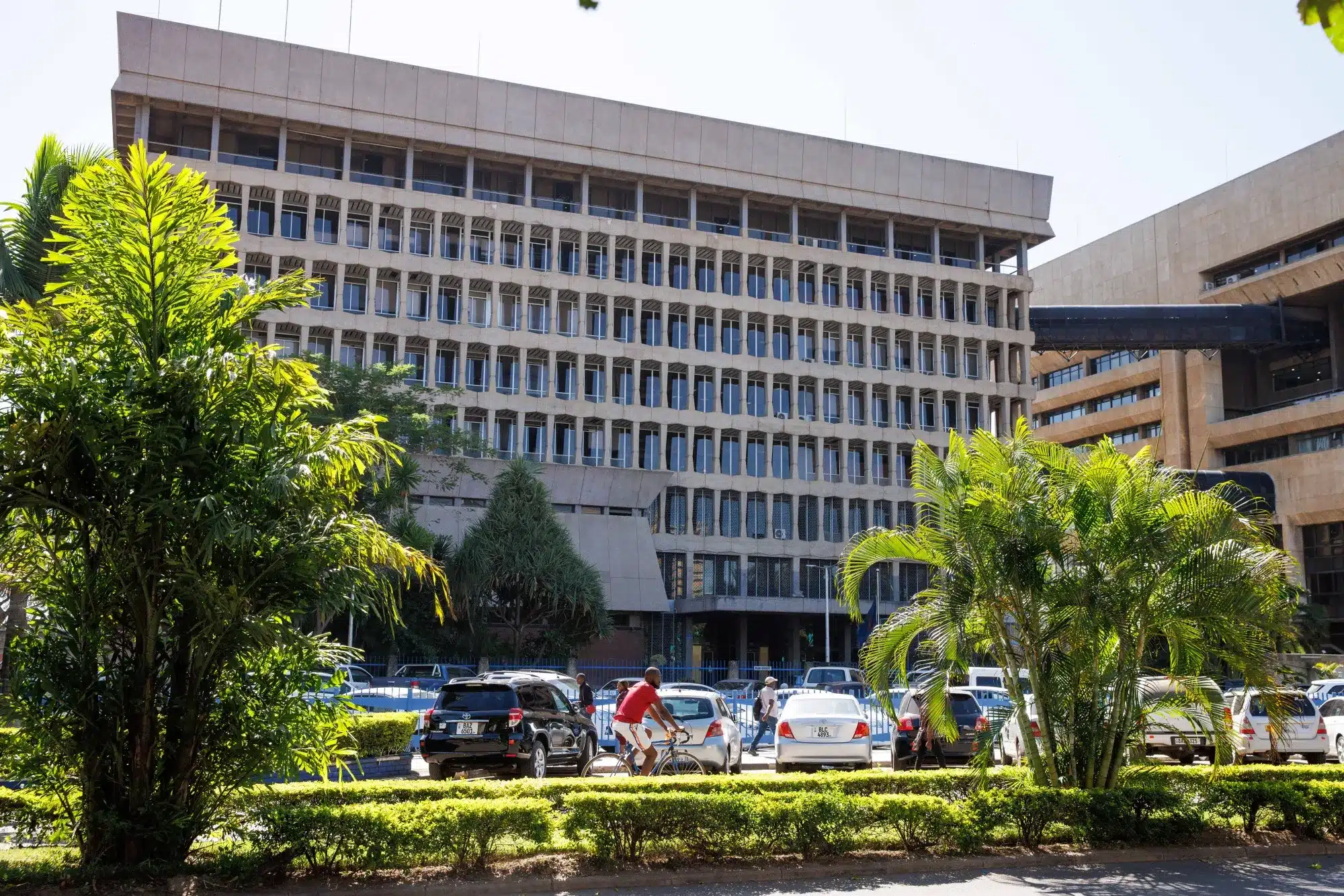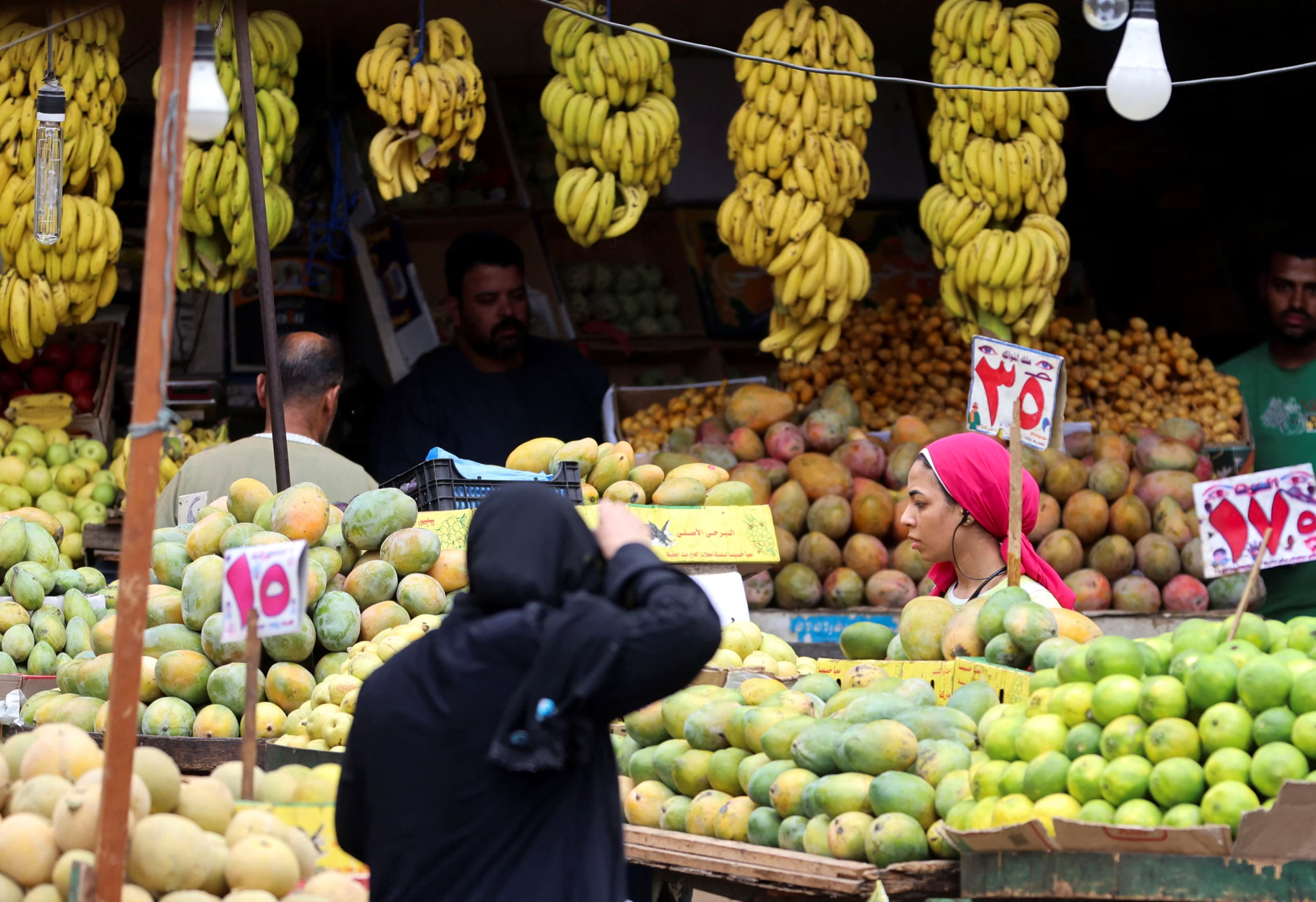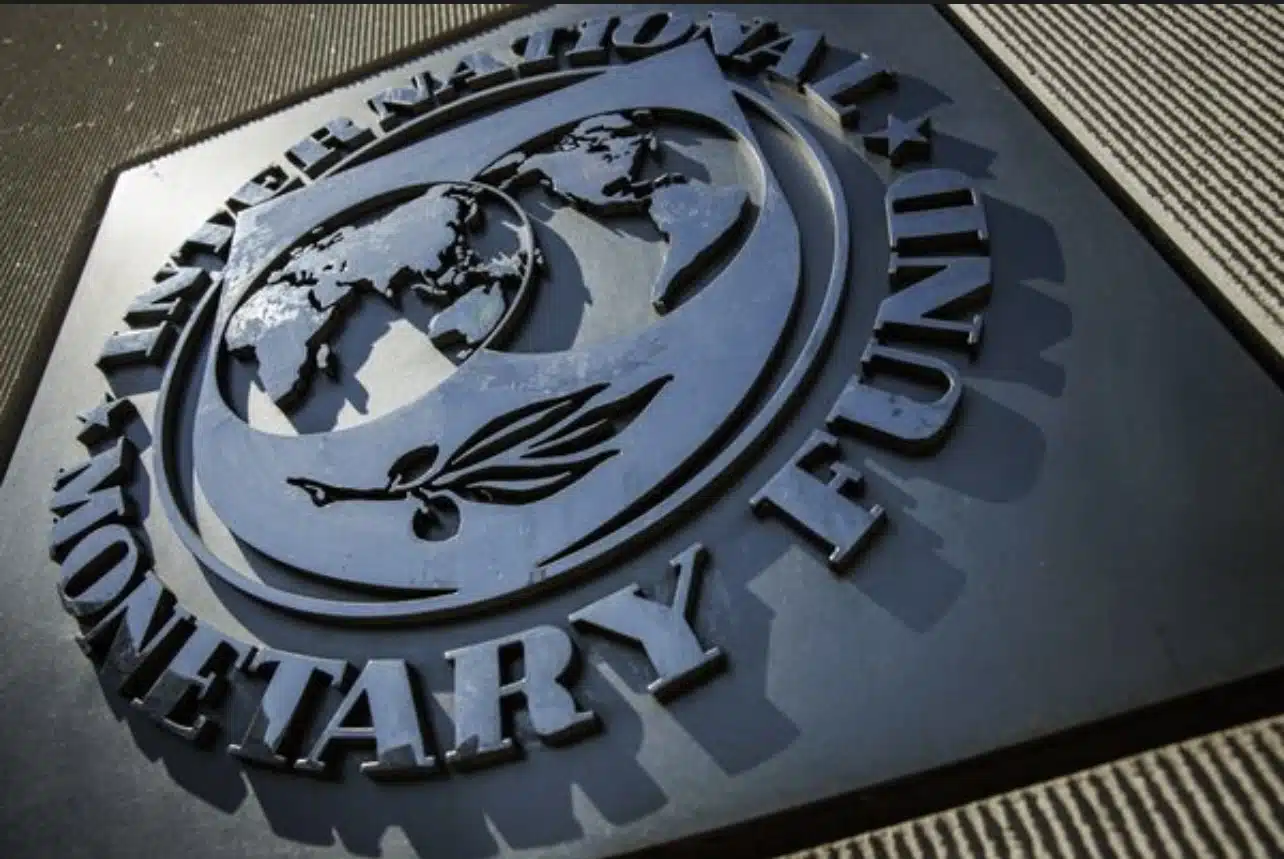The naira has rallied to its strongest level in eight months, climbing from ₦1,531.4/$1 on August 29, 2025, to ₦1,480.3/$1 on September 26, according to Central Bank of Nigeria (CBN) data.
The 3.33% gain at the official window reflects lower foreign exchange demand and improved market liquidity, driven by CBN interventions and stronger external reserves.
“The consistent interventions by the CBN and sustained inflows from Foreign Portfolio Investors (FPIs) into both the equity and fixed income markets have improved the naira value,” analysts at CSL Research said in a recent note.
In September alone, the CBN injected more than $200 million into the FX market while mopping up ₦1.5 trillion ($1 billion) via two Open Market Operations (OMO) to stabilise liquidity.
Data from the Nigerian Exchange Limited shows that FPI flows surged to ₦1.28 trillion ($824 million) in the first seven months of 2025 — more than double the same period in 2024 — far above historical levels of ₦185.6 billion ($288 million) in 2023 and ₦262.9 billion ($617 million) in 2022.
The most recently issued 83-day OMO bill cleared at a yield level equivalent to 28%, much higher than the 16% for the 91-day treasury bill, says CSL. ‘This yield premium highlights the CBN’s strategy of using OMO issuances to attract and retain foreign participation, tighten domestic liquidity, and support the naira.”
Despite ranking sixth among Africa’s weakest currencies in August, according to Forbes’ currency calculator, the naira’s appreciation may lift Nigeria’s position slightly, although it remains in the continent’s bottom ten. The Rwandan franc, for example, traded at ₦1,448/$1, ranking fifth.
Across Africa, currency strength affects import costs, inflation, and investor sentiment. A stronger naira lowers import bills and inflationary pressures while signalling improved economic stability.
“Improving the naira’s value is crucial for boosting productivity and reducing import dependence,” said Sherifdeen Tella, Professor of Economics at Babcock University, in an interview with News Agency of Nigeria (NAN).
Tella added that while the reserves’ rise is commendable, “Its impact has yet to cushion the austerity created by ongoing reforms.”
The apex bank data show Nigeria’s external reserves climbed to $42.2 billion on September 25 — their highest in five years — offering a stronger buffer for the currency.
Policy shifts and investor flows
Since President Bola Tinubu allowed the market to set the naira’s value in June 2023, the currency initially lost more than 35% in a single day before sliding to a record low of ₦1,706.1/$1 in 2024. Inflation surged to 33%, making Nigeria Africa’s third most inflation-hit economy.
By August 2025, however, inflation had eased for five consecutive months to 20.1% from 24.48% in January, according to the National Bureau of Statistics.
Analysts at Lagos-based investment firm, Comercio Partners, say recent CBN measures have helped restore confidence and anchor short-term stability despite ongoing structural challenges.
Structural boosts: Refining and trade deals
The start-up of the Dangote Refinery — the world’s largest single-train refinery with a 650,000-barrel-per-day capacity — has also supported the naira.
On September 3, it shipped its first gasoline cargo to the US, with two more en route. Nigeria’s refined-product imports dropped to 3.1 million tonnes in the first quarter, reducing FX outflows.
Nigeria’s renewed currency-swap agreement with China has further eased dollar demand by enabling trade settlements in yuan and naira. In 2024, Nigeria imported ₦14.14 trillion ($9.56 billion) worth of goods and services from China and exported over ₦3 trillion ($2.03 billion), underscoring the swap’s scale.
Outlook
Before the US Federal Reserve cut its key interest rate by 25 basis points on September 16 — its first reduction this year — CSL had projected that capital inflows would remain strong if the anticipated cut materialised, boosting investor appetite for naira assets and further supporting the currency.
“We expect the recent appreciation of the naira to ease import-related cost pressures, which could in turn help moderate headline inflation in the short term,” CSL said.
Last week, the CBN’s Monetary Policy Committee (MPC) reduced the Monetary Policy Rate (MPR) by 50 basis points to 27.00% from 27.50%, its first rate cut in five years after a prolonged tightening cycle aimed at curbing inflation and stabilising the currency.
Comercio Partners cautioned that volatility risks remain elevated in the medium term. If monetary easing outpaces FX inflows or if external reserves come under renewed pressure, the naira could face depreciation pressures, particularly in the parallel market where demand remains strong.
“Overall, the policy shift reinforces short-term stability in the FX market but underscores the importance of sustaining external buffers and credible reforms to mitigate volatility risks in the months ahead,” the firm added.
Global banking giant Citigroup also projects modest pressure on the naira as 2026 progresses.
“If, as we expect, inflation starts to ease next year and the CBN starts to more aggressively ease its tight monetary policy stance, the currency could come under renewed pressure,” it said.
Note: Figures converted at official average exchange rates: ₦645.2/$1 (2023), ₦1,478.9/$1 (2024), ₦425.72/$1 (2022), and ₦1,552.52/$1 (Jan–July 2025).

